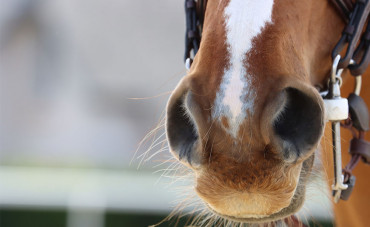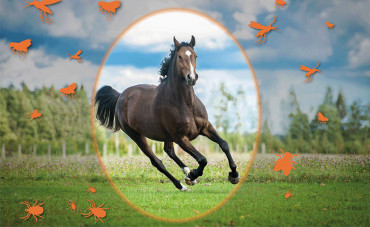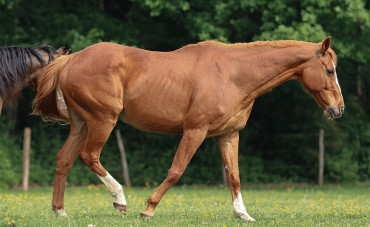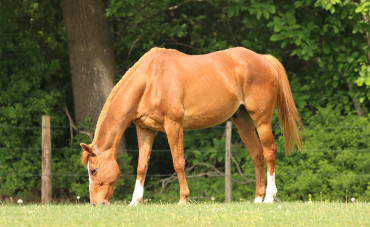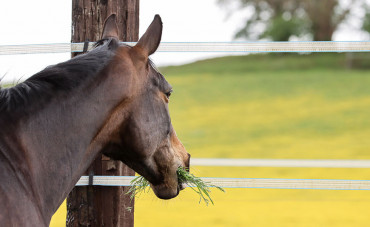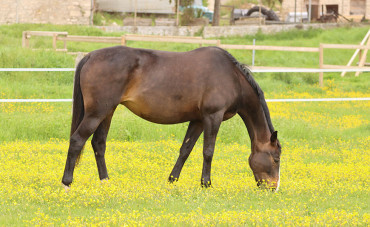RDEE is a skin condition caused by an allergy to the bites of certain insects. It generally appears in summer and is recurrent, as it reappears year after year in affected horses.
The condition
Horse sweet itch is mainly caused by Culicoides, small biting midges. The adult insects live from spring to autumn and remain close to the wet areas where they reproduce (lakes, streams, marshes, etc.). They attack in swarms, and it is at the end of the day/dusk that these clouds of midges will appear.
The symptoms of horse sweet itch
Summer sweet itch in horses is mainly characterised by very intense itching, which leads to incessant scratching.
The horse damages the skin through scratching, resulting in broken hair, hair loss and thickening of the skin on the affected areas:
- Along the top of the body (face and ears, mane, withers, croup and base of tail).
- Along the bottom of the body (face and jaw branches, underbelly, groin).
- Or on the top AND underside of the body.
This condition appears recurrently in spring or summer, generally clears up in autumn, and returns the following spring. After a few years, seasonality is often less marked, and the wounds may even become permanent.
What tests are available for horse sweet itch?
It is mainly by questioning the owner and then examining the horse’s skin that vets will be able to offer a diagnosis.
The owner will be asked questions to determine if the horse has already shown these kinds of symptoms in previous years, if there are wet areas nearby and if there are clouds of insects around the horses at the end of the day. While carrying out a general exam, the vet will try to see if the horse attempts to scratch, and then look at the state of the skin in the wounded areas. To confirm their diagnosis, the vet may wish to carry out skin tests, just like those used in people suffering from allergies. These tests consist of injecting a very small amount of the element suspected to cause the allergy (the allergen) into the skin; the test is considered positive if the skin reacts. Certain laboratories also offer blood tests to determine the elements to which horses are allergic, including Culicoides.
How to prevent and treat summer sweet itch in horses?
To avoid bites, several simple measures can be applied.
- If possible, the horse should be moved to a dry and well-ventilated pasture, not conducive to insect infestation.
- The horse should then be returned to a de-insected stall, equipped with a mosquito net, at the end of the day.
- We can also use a full coverage fly sheet if the horse is to live outdoors. Long-acting insecticides can also be used.
Together with preventative methods to reduce the risk of bites for the horse, the treatment of horse dermatitis generally relies on products to be locally applied to the affected areas. In the case of large areas, the vet may also make use of anti-allergic injections and even antibiotics if bacteria-infected wounds are present. Don’t hesitate to ask your vet for advice.


